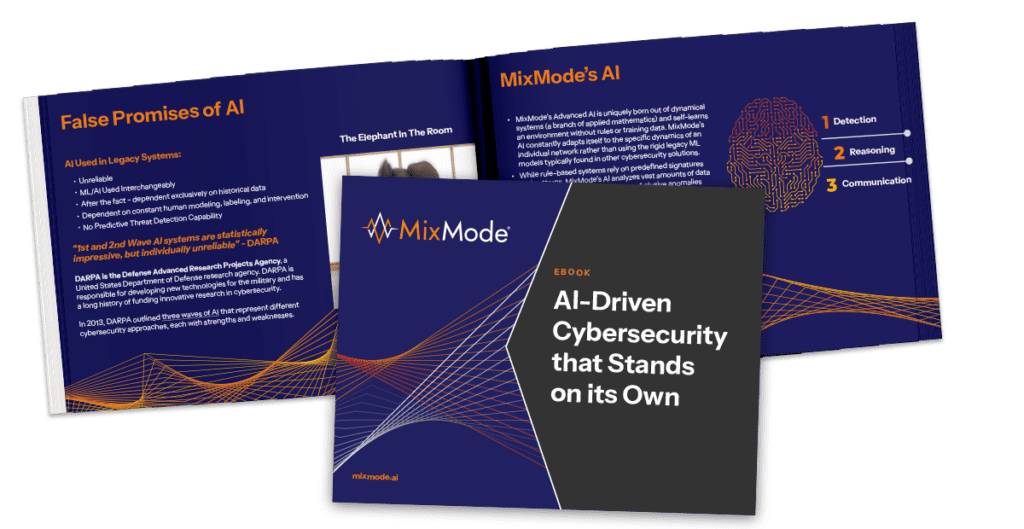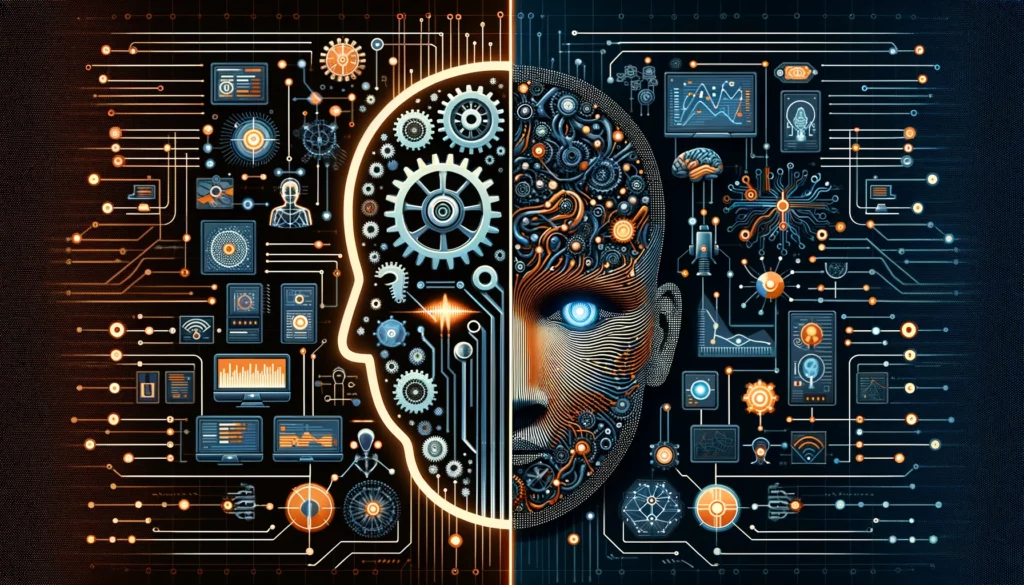
In the ever-evolving world of cybersecurity, the role of artificial intelligence (AI) has become increasingly vital. As attackers continue to evolve, defenders need more powerful tools now more than ever. Artificial intelligence (AI) has emerged as a game-changer in this fight, offering both incredible potential and unforeseen challenges.
The Good: AI’s Defensive Edge
- Lightning-Fast Threat Detection: Traditional methods can struggle to keep up with the ever-growing volume of cyber threats. AI, however, can analyze vast amounts of data in real-time, identifying suspicious patterns and anomalies that might indicate an attack. This allows security teams to respond swiftly, minimizing potential damage.
- Automating the Mundane: Security professionals are often bogged down by repetitive tasks like log analysis and incident response. AI can automate these processes, freeing up valuable time for strategic planning and proactive defense measures.
- Predicting the Unpredictable: AI can analyze past cyberattacks and identify trends, allowing security teams to anticipate future threats. This proactive approach is crucial for staying ahead of the curve in the ever-evolving cyber landscape.
The Bad: The Dark Side of AI
- Evolving with the Enemy: As AI bolsters defenses, attackers are also quick to adapt. They can leverage AI to develop more sophisticated attacks that bypass traditional security measures and exploit vulnerabilities in AI-powered systems themselves.
- The Bias Problem: AI algorithms are only as good as the data they’re trained on. Biases in this data can lead to blind spots in AI security systems, potentially leaving certain vulnerabilities undetected. Additionally, biased algorithms could lead to unfair treatment of legitimate users.
- The “Skynet” Scenario: While still a dystopian nightmare, the possibility of attackers gaining control of AI-powered security systems is a chilling one. Such a scenario could have catastrophic consequences.

Beyond Machine Learning with Pre-defined Rules
While Artificial intelligence (AI) has emerged as a transformative force in cybersecurity, a crucial distinction exists within the realm of AI-powered solutions. This distinction lies in the underlying methodologies employed, with significant implications for efficacy in the ever-evolving cyber threat landscape.
Limitations of Rule-Based Machine Learning
Many currently available AI solutions for cybersecurity rely heavily on machine learning (ML) algorithms trained on pre-defined rules. While effective for identifying well-established threats, these solutions also have critical limitations:
- Limited Learning Capacity: These systems are adept at recognizing patterns within the data they are trained on, essentially acting as sophisticated pattern-matching tools. However, they struggle to adapt to entirely novel attack vectors, rendering them vulnerable to zero-day exploits and other unforeseen threats.
- False Positives and Negatives: The rigid nature of pre-defined rules can lead to a high rate of false positives, inundating security teams with irrelevant alerts. Conversely, these systems might miss entirely new threats that don’t conform to the established patterns.
- Reactive Approach: These solutions excel at reacting to past threats based on established patterns. However, they lack the ability to proactively identify and prevent emerging threats, which is crucial in the dynamic cybersecurity environment.

DARPA’s Three Waves of AI
The Defense Advanced Research Projects Agency (DARPA), a renowned U.S. Department of Defense research agency, has defined three distinct waves of AI that represent different approaches to cybersecurity.
The First wave of AI involves automated systems driven by human-written rules, often leading to high operational costs, false positives/negatives, and an inability to detect zero-day threats. The Second wave encompasses statistical methods, such as neural networks and machine learning, which require large amounts of labeled data and struggle with novel attack detection.
We have now reached the Third wave of AI: Contextual Reasoning. This revolutionary approach, pioneered by MixMode in cybersecurity, utilizes self-supervised and explainable AI to independently learn and adapt without reliance on rules or training data. By understanding the context of an environment, MixMode’s AI can not only detect known threats but also identify the most elusive anomalies that may indicate potential attacks.

Unlike traditional solutions, MixMode’s AI stands on its own, requiring no rules, tuning, or maintenance. It constantly learns and adapts to the unique dynamics of each customer’s network, allowing for real-time detection of both known and unknown threats. This self-supervised learning capability enables MixMode to provide unparalleled protection against the ever-evolving landscape of cyber attacks, including zero-day exploits and supply chain attacks.
Download our ebook, “AI-Driven Cybersecurity that Stands on its Own,” to learn more about the differences and explore the power of MixMode’s third-wave AI approach.
Other MixMode Articles You Might Like
Zero-Day Attacks on the Rise: Google Reports 50% Increase in 2023
Navigating the Maze: A Measured Approach to AI Adoption in Cybersecurity
MixMode Garners Spot in 2024 CRN® Partner Program Guide
The AI Advantage: Mitigating the Security Alert Deluge in a Talent-Scarce Landscape
MixMode Included on Forbes’ America’s Best Startup Employers 2024 List
The Evolving Threat Landscape: Why AI is Essential for Cybersecurity Success


